This article was co-authored by Stephen Chow, MD. Dr. Chow is an Internal Medicine Physician in Jackson, Mississippi. Dr. Chow received his MD from the Medical University of the Americas 2014 and completed his residency at the University of Mississippi Medical Center. He is a member of the American Board of Internal Medicine.
This article has been viewed 140,478 times.
Threadworms, also known as pinworms, are small worms that can infect people. They are normally contracted by inadvertently swallowing an egg, which goes on to live in the intestine and become an adult worm. Female worms migrate down toward the anus (the fecal-oral route) where they lay more eggs, and the cycle is continued.[1] A combination of medical treatments and excellent hygienic measures at home is key to getting rid of threadworms.
Steps
Taking Medication
-
1Take one dose of an anti-worm medication. Your doctor will prescribe (or recommend an over-the-counter version of) an anti-worm medication. Some examples include Mebendazole, Pyrantel permeate, and Albendazole.[2] You will be directed to take one dose of one of these medications (follow the specific instructions of your doctor) and then to wait two weeks.
- The way this medication works is that it kills off any adult worms. They are all eradicated, except for the eggs which will remain in your system.
-
2Take another dose at the two week mark.[3] After two weeks have passed, you will be directed to take one more dose of the same anti-worm medication. The purpose of this second dose is to kill any new worms that have formed as a result of the eggs. The two week timing is extremely important, as it catches the worms at just the right phase in their lifecycle so as to kill all of them without needing any further doses after this one.Advertisement
-
3Treat everyone in the household.[4] Since threadworms are so easily passed from one person to another, your doctor will likely recommend that everyone in the household be treated with two doses of the anti-worm medication. It is better to be safe rather than sorry, and to prevent the hassle of someone in the household showing signs of an infection just after the initial person was cured.
-
4Know that medication is your best bet. This is especially true if you are treating pinworm infections in children.[5] Although pinworms can technically be treated with six weeks of very strict hygiene measures (because the lifecycle of the worm is six weeks), it is very challenging to adhere by these strict standards at home, particularly if children are involved.
- The benefit of medication is that it is extremely effective at clearing the infection in two weeks.
- Hygienic measures can then be used as a means to prevent re-occurrence or subsequent infections down the road.
Sanitizing Your Home
-
1Understand how threadworms are spread.[6] Threadworms can be transmitted from person-to-person contact with an infected person, as well as from touching objects that may be contaminated with eggs such as a toilet seat, bedding, or other things. Therefore, excellent hygienic measures at home are key to preventing the spread of threadworms to everyone who lives in the household, as well as to supporting a cure for the person who was initially infected.
-
2Wash toilet seats daily.[7] Because eggs are laid around the anal area, it is important to clean the toilet seats at least once a day to avoid contaminating others with threadworm eggs, and also to avoid re-infecting yourself with more eggs. Clean with water and regular household cleaners (no special products are needed). Use gloves when you clean to keep your hands clean.
-
3Wash your hands regularly, especially if you are infected.[8] Pay particular attention to washing your hands both before meals and/or food preparation, as well as after using the toilet. This will help to get rid of the threadworms faster by preventing spread of the infection.
-
4Change your bed sheets at least twice a week.[9] In order to effectively get rid of threadworms, you need to change and wash your sheets to get rid of any eggs that may be present. It is also important to wash your pyjamas regularly (or whatever you sleep in), as well as the clothes you have been wearing, for the same reason of avoiding re-contaminating yourself with eggs. This will help to clear up the infection faster by removing eggs that will simply continue the lifecycle of the threadworm, making it more challenging for you to regain your health and wellbeing.
-
5Avoid scratching around the anus.[10] Because female worms migrate toward the anus and lay eggs there, the anus can become particularly irritated and itchy. People, especially children, may be tempted to scratch around the anus to alleviate the itch. However, this is one of the worst things you can do, because your hands then immediately become contaminated with eggs, which will spread to everything you touch after that. Therefore, to reduce the spread and transmission of threadworm eggs, avoid scratching around the anus.
- Also avoid applying ointments or creams to the anal area in an effort to soothe it. This may cause the female worms to lay eggs higher up in your rectum or colon, which makes the problem worse not better.
Diagnosing Threadworms
-
1Recognize the symptoms of a threadworm infection.[11] The sooner you can catch the infection the better, as that way you can start medical treatment and hygienic prevention measures at home as soon as possible. Common signs and symptoms include:
- Itching and irritation around the anus
- Potential signs of irritation or infection on the skin around the anus (particularly in children, who are more likely to scratch there which can lead to an infection from broken skin)
- Difficulty sleeping (due to anal itchiness)
- Irritability (from itchiness and poor sleep)
- Sometimes vaginal itchiness or irritation in girls (as on rare occasions the female worm can enter the vagina rather than the anus).
-
2Administer a "tape test."[12] If you suspect you or someone in your household may have threadworms, contact your doctor as soon as possible. As previously mentioned, rapid diagnosis and treatment is key to getting rid of the infection as soon as possible. For a tape test, the doctor will ask you to take a piece of cellophane tape and press the stick-side against the skin surrounding the anus. Remove the tape and put it in a plastic bag and give it to your doctor, who will check under the microscope for the presence of eggs. Eggs can only be visualized under the microscope. A test positive for eggs is diagnostic for a threadworm infection.
- Do the tape test first thing in the morning, before showering or using the toilet.
- Make sure you wear gloves and wash your hands thoroughly to avoid spreading the eggs. Don't let the tape touch anything, either!
-
3Opt for treatment anyway if you live in the same household.[13] It is key to understand that if you are in the same household as someone diagnosed with threadworms, you will be advised to take the medication (and to practice the hygienic measures) without needing to be formally diagnosed with threadworms. This is because your risk is high enough, so it is better to be safe than sorry and the benefits of treatment far outweigh the risks.
References
- ↑ http://www.uptodate.com/contents/enterobiasis-pinworm-and-trichuriasis-whipworm
- ↑ http://www.cdc.gov/parasites/pinworm/treatment.html
- ↑ http://www.cdc.gov/parasites/pinworm/treatment.html
- ↑ http://www.mayoclinic.org/diseases-conditions/pinworm/basics/treatment/con-20027072
- ↑ http://childrensmd.org/uncategorized/anal-itch-diagnose-permanently-get-rid-pinworms/
- ↑ http://www.uptodate.com/contents/enterobiasis-pinworm-and-trichuriasis-whipworm
- ↑ https://www.nlm.nih.gov/medlineplus/ency/article/001152.htm
- ↑ https://www.nlm.nih.gov/medlineplus/ency/article/001152.htm
- ↑ https://www.nlm.nih.gov/medlineplus/ency/article/001152.htm
About This Article
To get rid of threadworms, take an over-the-counter anti-worm medication and follow the dosage instructions. Make sure everyone in your household takes the medication, since thread worms are contagious. After 2 weeks have passed, take another dose of the same medication to kill off any new worms that have hatched in the meantime before they can lay any more eggs. To avoid spreading threadworms while you're infected, clean the toilet seat at home at least once a day and wash your hands regularly. For tips on how to diagnose threadworm, keep reading!
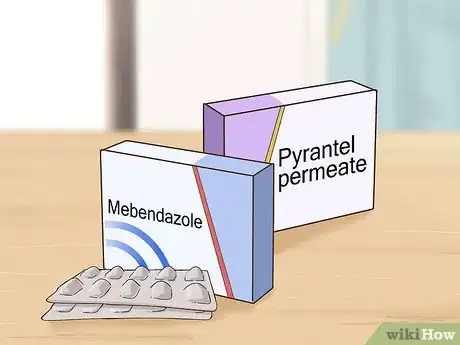
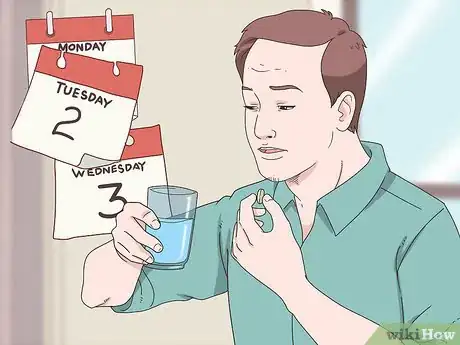
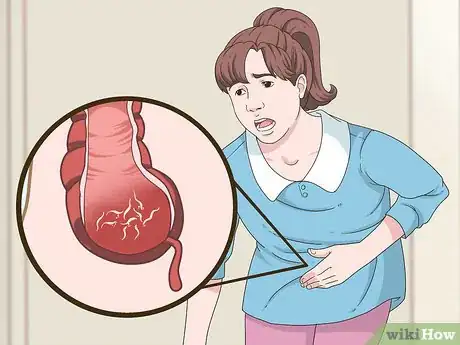
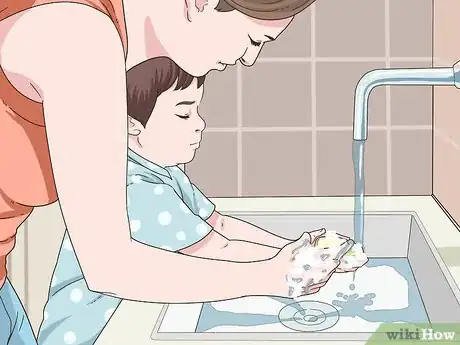
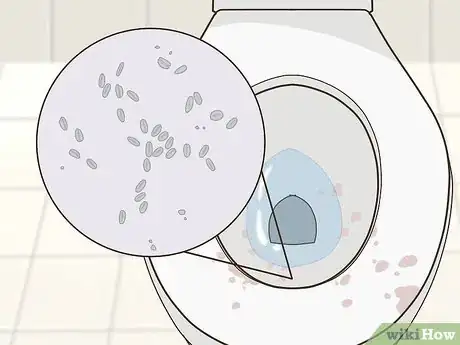
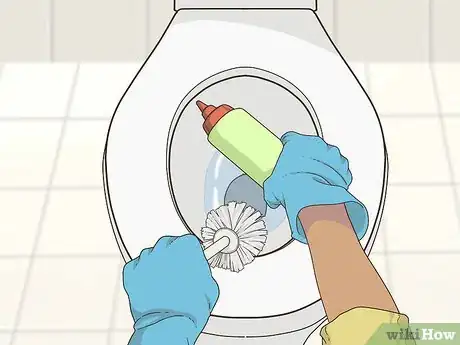
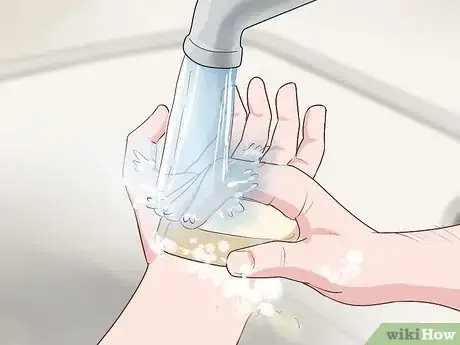
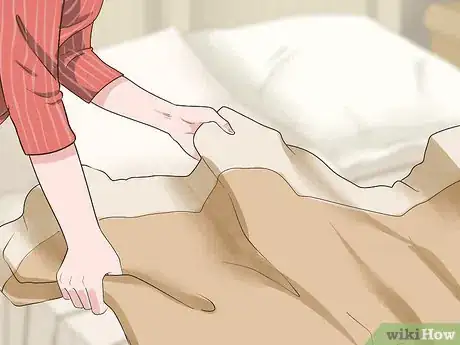
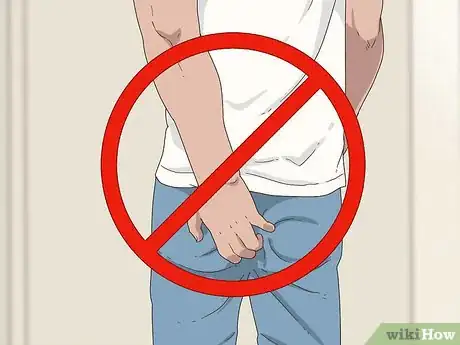
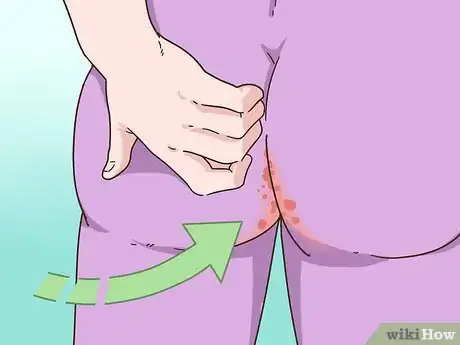
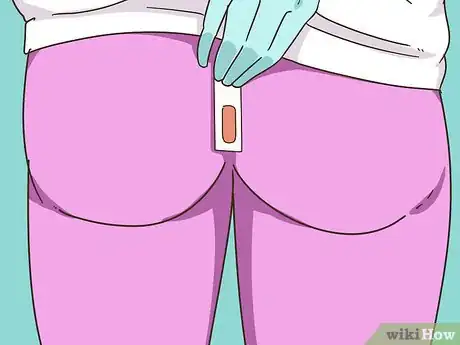
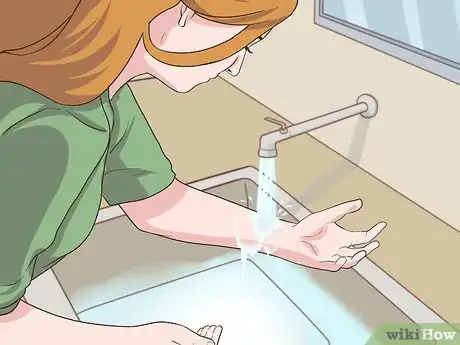
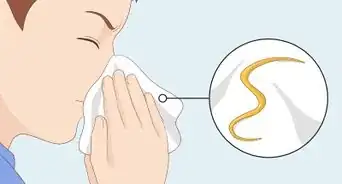
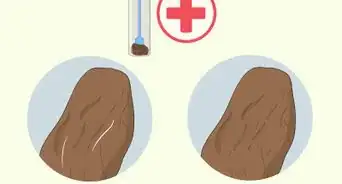
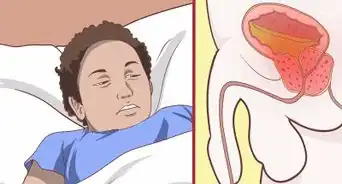
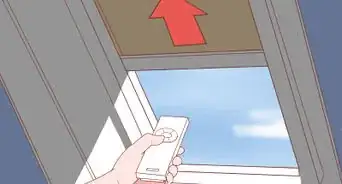
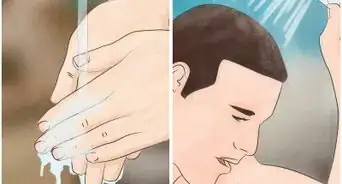

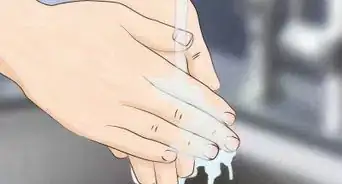

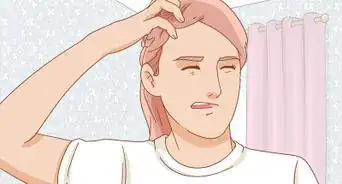
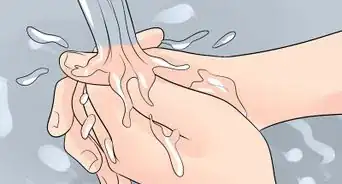
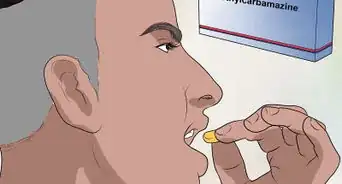










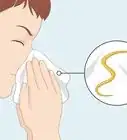
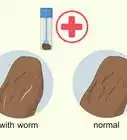
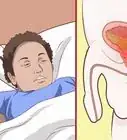





































Medical Disclaimer
The content of this article is not intended to be a substitute for professional medical advice, examination, diagnosis, or treatment. You should always contact your doctor or other qualified healthcare professional before starting, changing, or stopping any kind of health treatment.
Read More...